Mario Kart Tour was arguably the most anticipated Nintendo mobile title amongst both hardcore and casual gamers. Mario Kart was one of the biggest titles on the Wii, a console popular with everyone aged 8 to 80. Similarly, Mario Kart 8 Deluxe is the best selling game on the Nintendo Switch despite being a port of the Wii U version.
An analysis of the numbers reflects everyone’s excitement for Mario Kart on mobile. Mario Kart Tour was downloaded by a record-breaking 20 million iOS and Android users Day One. If you haven’t had the opportunity to play it for yourself, check out the game’s launch trailer:
Unfortunately, that trailer paints a rather idealized picture of the game, especially since it shows little trace of the predatory microtransactions inside. Read on for The Beat’s review of the mobile title’s gameplay and the original content created specifically for Mario Kart Tour, followed by an analysis of the exploitative monetization strategies that stray from Nintendo’s family-friendly mentality.
Gameplay
Like Nintendo’s past mobile tiles, Mario Kart Tour prioritizes one-handed gameplay. Though it proved conducive to its other franchises, playing with only one hand requires major sacrifices for Mario Kart. To begin with, portrait mode is a poor fit for a racing title. It doesn’t offer a full view of the track and its surroundings, in large part because he tracks were originally created for games created for widescreen view.
Since someone can’t do as much with one hand as they can with two, the gameplay also limits control options. To accommodate for that, Nintendo made the questionable decision to remove a core mechanic of any racing game: acceleration. Mario Run didn’t require many sacrifices to allow the titular hero to run on his own, but racing games are all about speed. In Mario Kart Tour, players have little control over how fast they move along the track apart from avoiding obstacles and drifting to add boost.
The Touch Controls take some time to get used to, particularly for anyone who has experience with past Mario Kart titles. Players turn by swiping left or right, creating drift that can be used to add boost. The trick is to limit your turning because too much movement makes the kart spin out. The touch gameplay is cumbersome and often frustrating, difficult to control with any kind of precision.
Tapping left and right to move offers much smoother experience in mobile titles such as Race the Sun. It’s surprising that Nintendo chose a more complicated control scheme when it had options to choose from that were proven effective.
The game also offers Gyro Controls, which makes the kart move by tilting the phone left or right. But the mobile title’s motion sensitivity isn’t nearly as tight as previous games in the series.
Even 2008’s Mario Kart Wii, which the casual players have the most experience with, has far superior motion controls. If Tour at least matched the quality of a game from a decade ago, it would be in good shape. But it doesn’t come close to hitting that benchmark.
That might be because Nintendo considers the touch controls the definitive way to play and the gyro controls are intended as an accessibility feature. But portrait mod also offers less flexibility, meaning that every inch a player moves has a bigger impact than it would be playing horizontally.
Given the immense popularity of Mario Kart Wii, a lot of players will undoubtedly. want to mimic its manual steering. It’s a shame that when they try they’ll be sorely disappointed.
Mario Kart Tour’s Original Content
The best thing about Mario Kart Tour is the addition of its Challenge Courses. Since its inception with Super Mario Kart for the SNES, Mario Kart has largely been limited to racing and battle courses. Similarly to past Sonic Racing titles, the Challenge Courses offer players the chance to test their skills with specific items and mechanics.
Since its inception, Mario Kart’s gameplay has been largely limited to racing and battles. The Challenge courses are an excellent addition to a series in need of more variation from the 3-5 minute races that comprise most of its content. The challenges are comparable to platforming, a genre in which you’re not competing against other racers, you’re competing against yourself.
The game also adds a Frenzy Mode. If a player races on a track that favors their character and acquires three of the same item, they gain invincibility and unlimited items for a limited time. It’s an unnecessary addition that simply gives an unfair advantage in the race, but it’s pretty harmless in the scheme of things.
Lastly, Mario Kart Tour lets you Race Around the World on new tracks based on famous locations. New York Minute, the only new track currently available, isn’t anything to write home about. Even though New York Minute was created specifically for Tour, the content recycled from past Mario Kart titles is far more entertaining, which doesn’t say a lot for the mobile game’s developers.
One of the appeals of Mario Kart Tour is to literally race with people around the world with Online Play. Mario Kart Tour leads players to believe they’re doing just that. They need to be connected to the internet to play, and the usernames are the kind someone would expect from other mobile players.
In reality, players are only racing bots because the game’s Multiplayer Mode isn’t live yet. Deceiving users is a questionable choice by Nintendo, but Mario Kart Tour has far more concerning points to focus on.
Microtransactions
Microtransactions feature so heavily into Mario Kart Tour that the racer is unavailable in Belgium because the country bans loot boxes. Loot Boxes are in-game chances for players to pay to randomly unlock new items, abilities, and features. By spending rubies, Mario’s signature green pipe shoots out rewards such as new characters, karts, and equipment.
Players earn rubies by playing normally, but unlocking new content takes so long that frustrated players will often resort to paying for them even when they had no plans of doing so. That’s the whole point. Developers intentionally inhibit the gameplay to encourage players to spend more money. This is common practice in free-to-play mobile games, but it’s disappointing to see Nintendo titles stoop to the same level.
Mario Kart Tour also offers a Gold Pass, which unlocks the 200cc mode and lets subscribers earn more in-game rewards. The subscription costs $5 a month. That’s equivalent to the cost of the Apple Arcade, which offers access to over a hundred high-quality games to anyone who subscribes. Even when paying for the Gold Pass, Mario Kart Tour players are still encouraged to pay more microtransactions.
Microtransactions create the worst buzz, the Gold Pass may be the game’s most predatory form of monetization. In the span of a year, subscribers will pay $60 for a minimal amount of extra content. It’s not a secret that subscription-based business models factor in earnings accrued from people who forget they’re still subscribed to a service. That will include users who paid for Mario Kart Tour’s Gold Pass and would never knowingly continue to pay $5 a month in perpetuity. The Gold Pass is designed to eat at users’ funds slowly enough that it doesn’t raise alarm so it can continue feasting on its profits.
The monetization strategies are so concerning that Forbes warns parents against giving their children access to the game, telling the parents not to let Nintendo’s positive reputation fool them. That’s incredibly disappointing, especially from this publisher.
Nintendo started its mobile ventures in earnest with Mario Run, which only requires a one-time payment to unlock the full game. However, mobile gamers used to playing everything for free balked at the $10 price tag.
Nintendo began experimenting with more traditional (and questionable) monetization for mobile games and immediately benefited from it. Even though it was part of a lower-profile franchise, Fire Emblem Heroes outperformed Mario Run by over 20-1 Still, its titles’ monetization methods stayed relatively tame all the way through Dr. Mario World earlier this year. But Mario Tour immediately hit new lows for Nintendo.
Wrap-up
Though it adds interesting content like the Challenge Courses, Mario Kart Tour is more or less the Mario Kart people have known for 20 years. That’s not a good thing, given all the sacrifices made to put it on a mobile platform. Unlike Nintendo’s past offerings, Mario Kart Tour does little to distinguish itself from the core gameplay of its console counterpart. It’s not a simpler version of the kart racer, just an inferior one in its controls, presentation, and most significantly, its attempt to squeeze money out of players.
Those who recognize the dangers of Mario Kart Tour’s microtransactions can avoid them and play the game for free, but the experience is designed to frustrate them enough to change their minds about spending money. That results in a hollow imitation of the Mario Kart formula. It’s worth people’s time to decide how they feel about the title for themselves. But it’s unlikely to hold up to players’ expectations, let alone reach the potential of a Mario Kart game we can keep in our pockets.




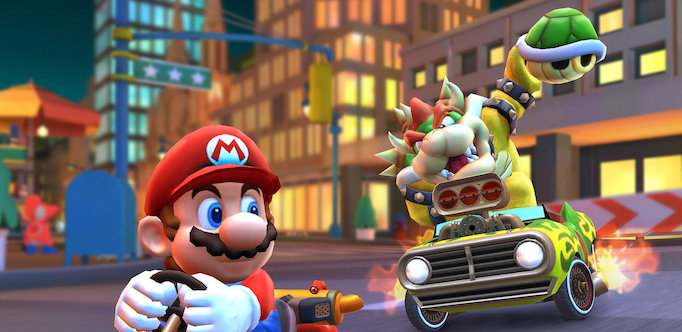
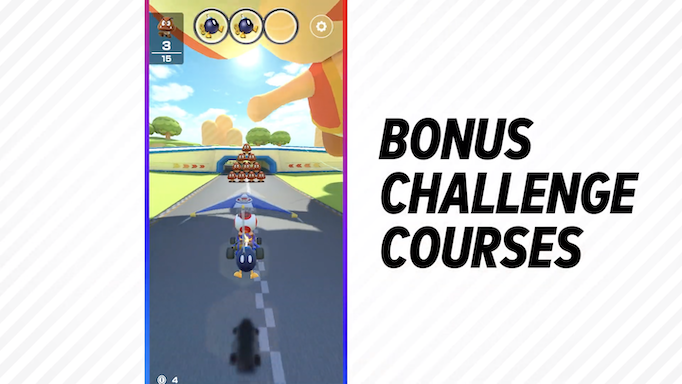

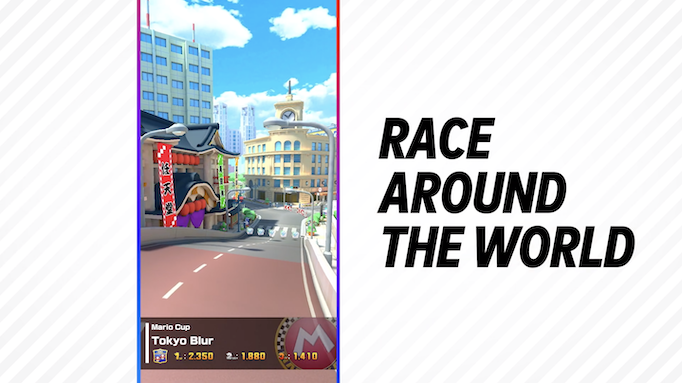
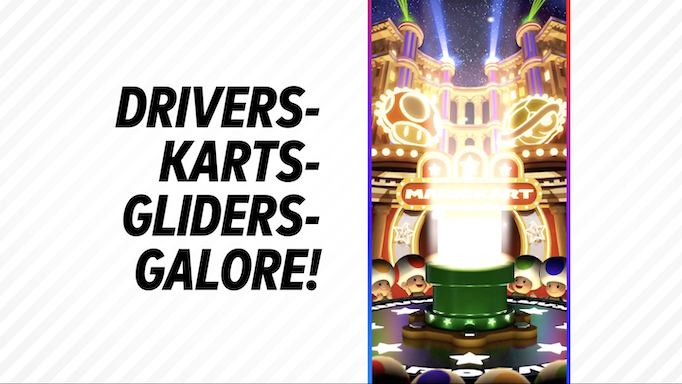

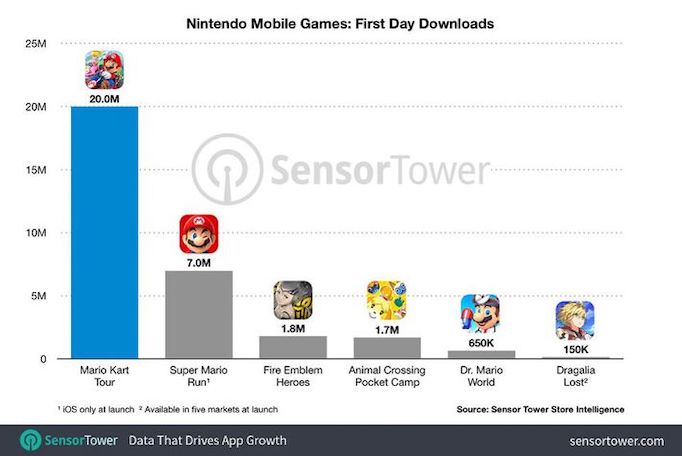
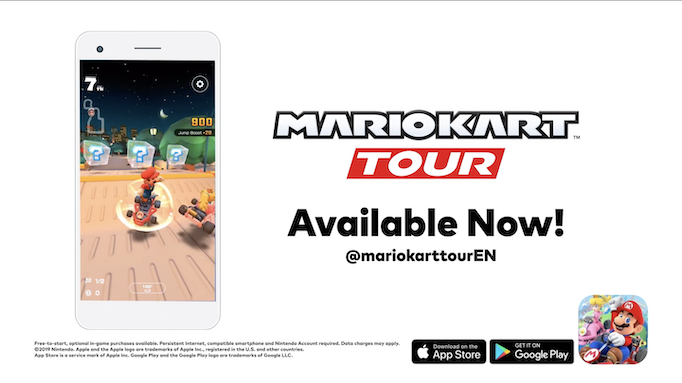









Comments are closed.